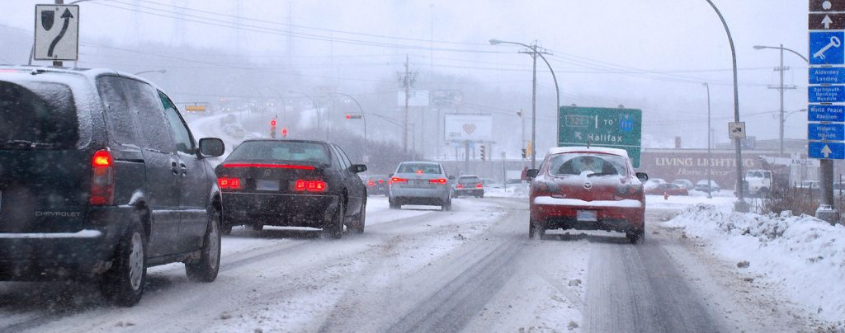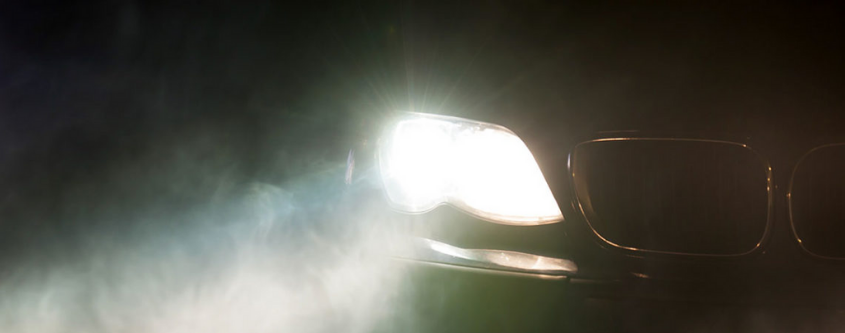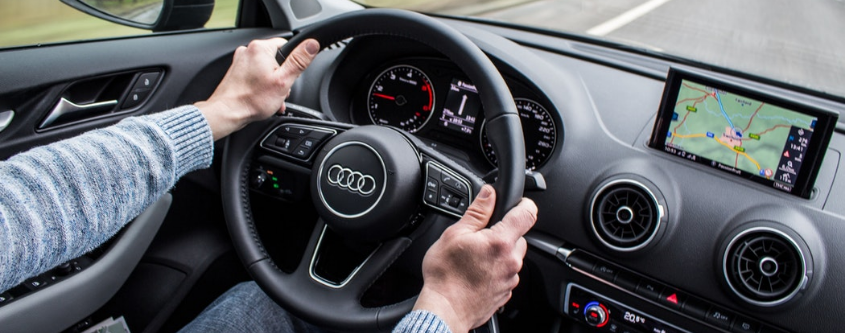Is It Legal To Flash High Beams While Driving In Canada?
By Madinah on Jan 26, 2021One of the most frequently asked questions about driving is “Is it Legal or illegal to use or flash the high beams headlights?”. Unfortunately, its answer cannot be explained in a single word or phrase. To understand the use of high beams, first, you need to learn when, where and why high beams are turned on.
High-Beam Headlights
We can explain these headlights as a safety device. A device that every car is equipped with, but sadly only half of the people know its correct use.
Do you have healthy eyes? Whether the answer is yes or no, every driver must use high beams when they need to improve visibility. Improved visibility means maximized safety and high-beams are capable of enhancing the visibility from 350 to 400 ft. People do not turn it on while driving even on the roads where these are needed.
There is no illegality in turning on the high beams, all you need to be careful about is the harmful glare it may cause at a certain angle or a weather condition. Apart from glare, you need to be cautious when you are flashing your high beams and why.
Using your vehicle’s high beams at the cost of dazzling others is not what laws say. Its correct use can be beneficial but misuse can be hazardous. Instead of communicating and trying to help the other driver, you will become the threat. If you need to warn or alert others, you can opt for other options if you don’t have high beams or you are too afraid of getting caught.
✓ Keep turning your headlights on and off
✓ Use 4-way flashers at junctions
✓ Honk the horn
When Should You Use High-Beams?
The right time to use high-beam or low-beam headlights relies on multiple factors. For instance, how dark are the roads especially in the late evenings, does the road have heavy traffic flow, and most importantly the weather conditions. It is safe and legal to turn on the high beams in the following situations:
✓ Low to zero road visibility especially in urban areas
✓ Rural and open areas with no street lights
✓ Interstate highways
Well, now you must know what are the conditions where you must never use them:
✓ Foggy weather
✓ Heavy rain or while driving on wet roads
✓ Snowfall or while driving on icy roads
Do you know why? Because in such adverse weather, the high beams cause reflection that could blind you or the upcoming vehicles. To avoid the glare, you should not be using high beams. These make the condition more unsafe.
Is It Safe And Legal To Flash High Beams?
The issues of legality depending on the timings you are out on the road. If you are diving in the nighttime, using high beams is absolutely an illegal practice as it could hinder the driver’s vision by glare or cause his attention to divert. Well, if the visibility of the area is zero and you are flashing light for safety purposes, it might not be considered against the law. Surprisingly, the rules vary across the states in terms of safe distance. As per Florida laws, high beams are most suitable to use when driving above 25miles/hr.
Let’s take an example of Canada.
✓ In Alberta, you need to turn off your vehicle’s high beams if the approaching vehicle is within 300 m radius. In any case, the distance got lesser than 150 m, you will be heavily fined.
✓ In Ontario, the law states, you are allowed to use bright beams only if you're at a distance of more than 150 m from the approaching car or must be more than 60 m behind another vehicle.
✓ In Quebec, the safe distance is the same “150 m” for using beams but the driver is not heavily fined if caught.
Laws To Use High Beam Lights
Apart from the weather and road conditions, the legality comes down to the distance at which you must and must not flash the high beams.
Are you flashing the lights at a distance of more than 150 m from an oncoming vehicle? It is legal. If you have flashed when you are approaching an advancing vehicle and you are within 500 ft. of that car, it is illegal. In case of a vehicle approaching from the rear, do not flash your high-beam if the car is at a distance of fewer than 300 feet.
Traffic laws vary from state to state, but the general practice is that the driver should not have the brights on within 500 ft. of an oncoming vehicle. With the car ahead of you, the safe distance is 200-300 ft.
Driving in urban areas? The law changes. The driver must dim high beams if the car is somewhere within 300-1000 ft. And if you are the one who is following, keep your high beams dim within 200-300 ft.
State To State Laws
Here we are highlighting the limits at which the high beam headlights must not be turned on depending if you are the one who is following other vehicles or you are being followed.
✓ Alabama, Arkansas, Arizona, Colorado, Georgia, AndMassachusetts
Approaching vehicle: within 500 ft.
When following another vehicle: within 200 ft.
✓ Alaska, Florida, Illinois, And Washington
Approaching vehicle: within 500 ft.
When following another vehicle: within 300 ft.
✓ California
Approaching vehicle: within 500 ft.
When following another vehicle: no special law
✓ District Of Columbia
Approaching vehicle: within 500 ft.
When following another vehicle: within 300 ft.
You cannot turn it on with street lights, but can only use it when driving on the open countryside/roadways.
✓ Hawaii And New Jersey
No strict laws apply in terms of distance. Try keeping the high beams dimmed whenever coming in direct and close contact to the oncoming traffic.
✓ Michigan
Approaching vehicle: within 1000 ft.
When following another vehicle: within 200 ft.
✓ New York
Approaching vehicle: within 500 ft.
When following another vehicle: within 200 ft.
The driver must dim the high beams for pedestrians passing your vehicle at a close distance
✓ Oregon
Approaching vehicle: within 500 ft.
When following another vehicle: within 350 ft.
✓ Texas
Approaching vehicle: within 500 ft.
When following another vehicle: within 300 ft.
Do not use bright while driving on lighted roads
No use of high beams in foggy, rainy, snowfall, hailing, or dusty weather


